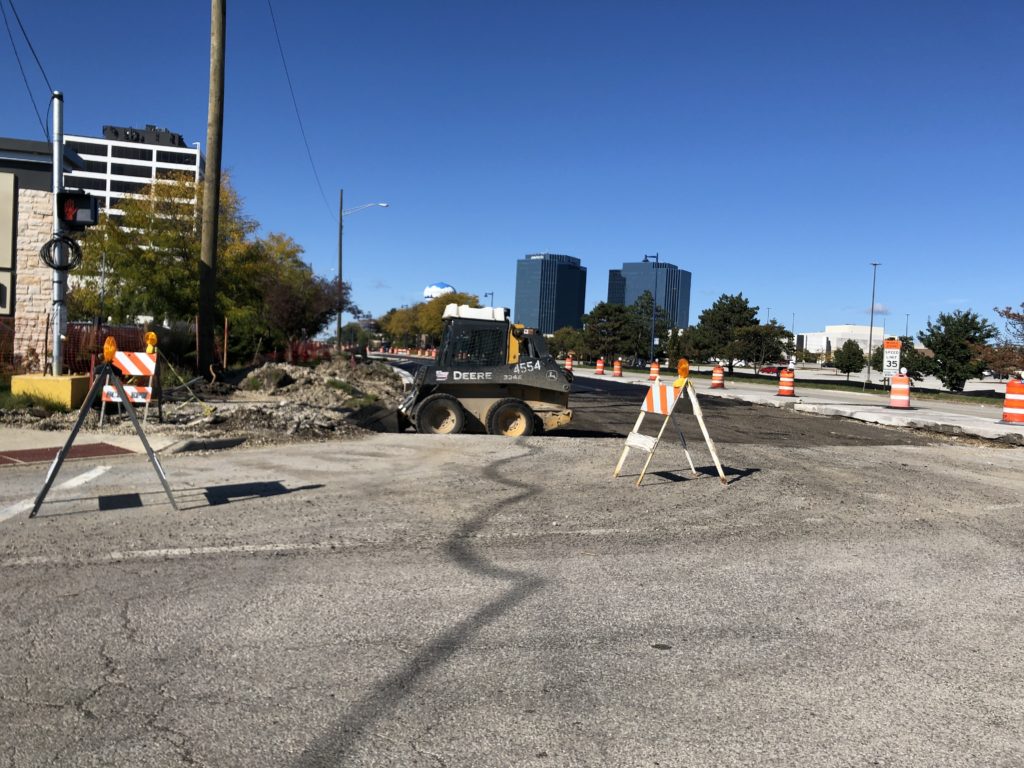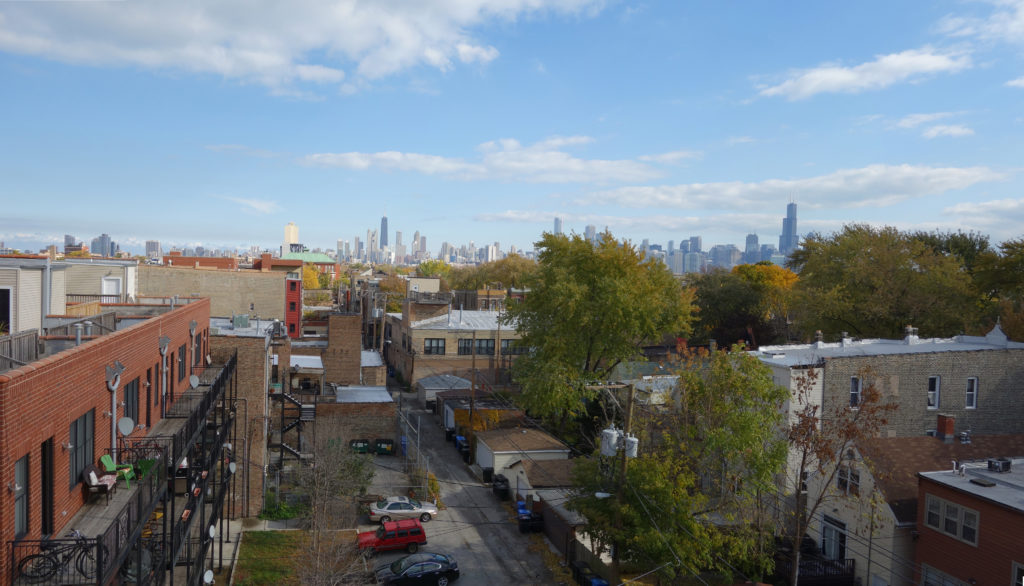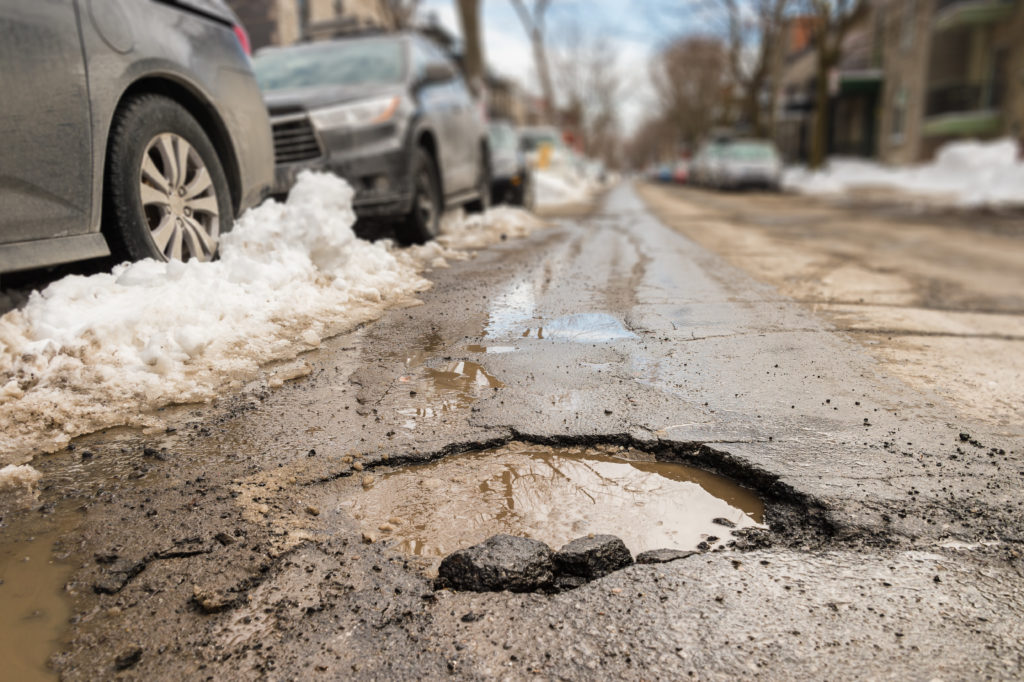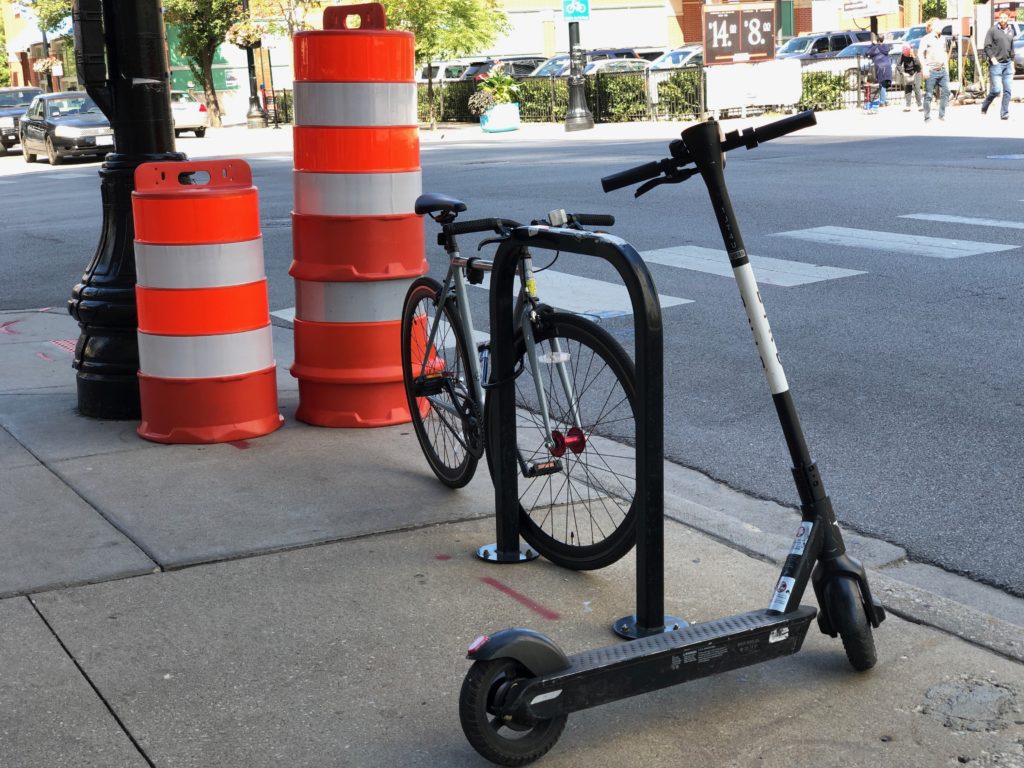
The holidays are approaching. If you’ve spent any time in the Woodfield Mall area recently, you would know that there is a lot of road construction going on, making an already heavy-traffic area even more congested, especially on the weekends when the shopping faithful are out in full force. If that isn’t frustrating enough, you may have also heard about the driver who crashed his car into the mall and drove around a bit before being taken into custody by police. It just goes to show that there are some things in life that you can’t control, like the actions of others. When it comes to traffic safety there are things you can look out for that will hopefully make your next trip to the mall safer and more bearable.
Avoid Road Rage
Everyone has seen people lose their cool while driving. Maybe you’re guilty of it yourself. Remember, even if people can see your hand signals, they likely can’t hear what words you are screaming at them. If you have kids in the car, they will certainly hear them. Sometimes hand gestures are appropriate while driving, like waiving thank you to another motorist who lets you merge in front of them, or letting someone else know you are waiting to let them through. However, expressing your disdain for someone probably won’t help them learn any kind of lesson and will only cause your own blood pressure to rise. The best bet is to try and stay calm. Focusing your attention on one guy you think might be a jerk can leave you at risk of getting distracted and might make you miss other hazards. It’s much better to keep your cool and keep your attention focused on avoiding collisions.
Look for Construction Vehicles
There are all kinds of dump trucks, backhoes, pickup trucks, and other heavy machinery roaming around construction areas. Sometimes they leave the coned-off sections of the road and meander through traffic. If you’re not looking, suddenly a bulldozer can jump out in front of you. It’s worth it to scan the portions of the road that are blocked off to normal traffic as you look forward in anticipation of other vehicles maneuvering in front of you. Often times, workers will signal to drivers to let them know when a work vehicle is attempting to cross or enter the road. It would be a mistake to always rely on that. You can’t expect everyone else to always do safe and reasonable things, but you can take steps to help ensure your own safety. This is one of them.
Take Your Time
Eventually, we all get where we’re going. It’s best to plan for the worst and take your time. This is especially true for shopping trips. The value of your life and limbs far exceeds any stuff you can buy. If you put things into perspective, parking spots are not worth fighting over. Merging ahead of that one guy who has been irritating you since the last stop sign isn’t worth it. Plus, (parents will get this one), if you are less stressed out from your perilous journey to the mall, you are less likely to lose it when your child inevitably begs you to buy another worthless piece of plastic they will forget about five minutes after returning home. You may show up a little later, but you’ll glide through the mall, sipping your latte, skillfully deflecting your kids’ outright obnoxious demands to get them more stuff they don’t need. Take solace in knowing that even if you have to sit in the car longer you can always drop a few quarters into one of those mall massage chairs and let those automated rollers knead the frustration away.




